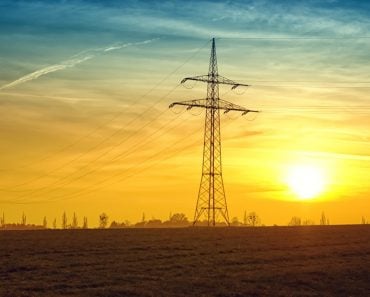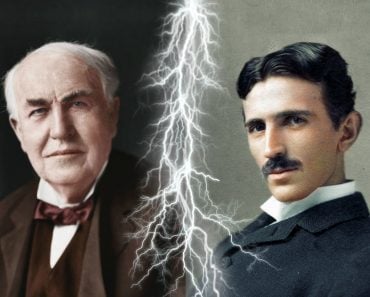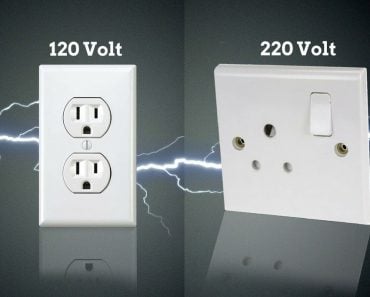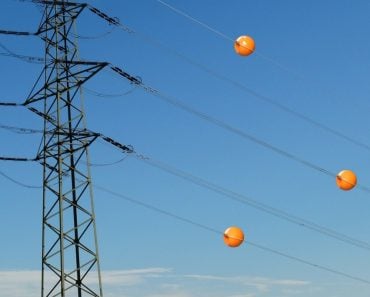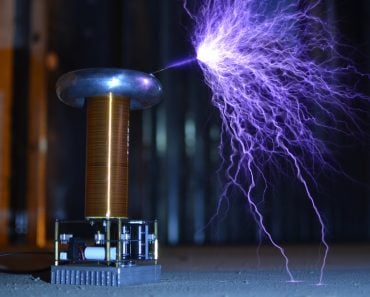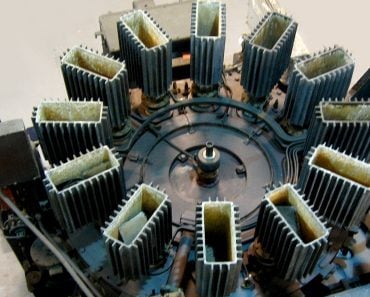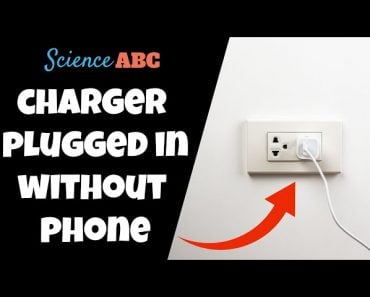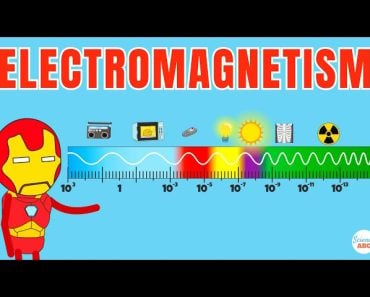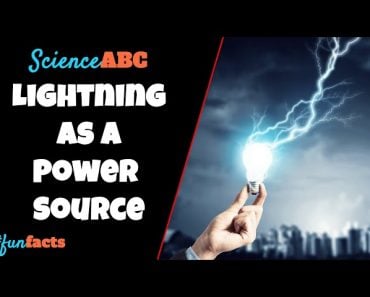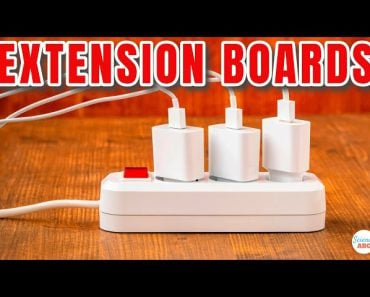Table of Contents (click to expand)
A transformer is a static electrical device that transfers electrical energy between two or more circuits.
Have you ever seen the long power lines on a road trip stretching through the countryside. These lines supply power to our homes and are usually rated at voltages of 400,000 to 750,000 volts. The question is, how are such high voltages useful for our everyday appliances, which typically run on 110 and 240 volts! If you tried powering up your laptop or cellphone directly from one of the power lines, the device would immediately burn out, so where and how does this high voltage get converted into a lower voltage? That’s where the transformer comes in and plays its pivotal role. Now, let’s first try to understand a bit more about high-voltage power systems before we move to understanding the transformer.
Recommended Video for you:
High-Voltage Systems
One logical question that might crop up is why the power lines don’t just transmit at 125-240 volts? To explain that, we must first understand how electricity behaves when it travels over a certain distance. As electricity flows down a metal wire, the electrons carry a certain amount of energy along with them. When it passes through the wire, the electrons lose some amount of the energy they are carrying due to the experience of resistance by the electron. That’s why wires get so hot when electricity flows through them. It turns out that the higher the voltage of electricity you use, and the lower the current, the less energy is wasted. Thus, the electricity that comes from power plants is sent down the wires at extremely high voltages to save energy.
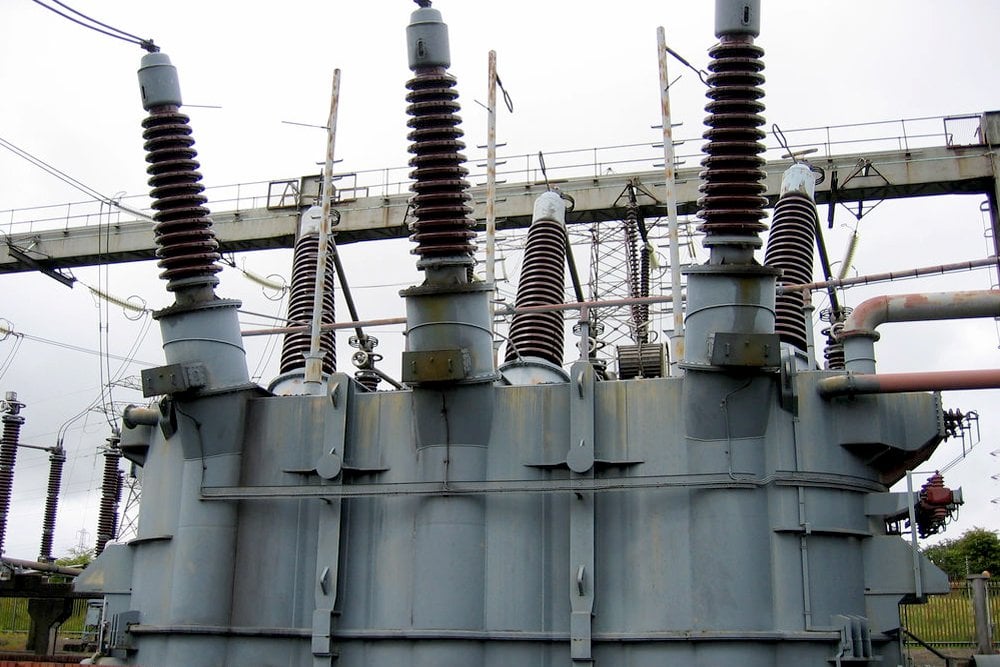
However, there’s another reason as well. Industrial equipment has machinery of a large size that consumes power in massive quantities. The energy that an appliance uses is directly proportional to the voltage it uses. These power-hungry machines might use 10,000–30,000 volts. Small-scale industries may need supplies of only 400 volts or so. To put this in simple terms, different strata of society have different power consumption needs. It makes sense to ship high-voltage electricity from the power station and then transform it into lower voltages when it reaches its various destinations.
Transformer
A transformer can be a static electrical device that transfers electrical energy between two or more circuits. A transformer is also based on a very fundamental law of electromagnetism, namely that when a fluctuating electric current flows through a wire, it generates a magnetic flux all around it. The strength of the magnetic flux density is directly related to the magnitude of the electric current. Therefore, the higher the current, the stronger the magnetic field. There is an interesting phenomenon related to the way electricity behaves. When a magnetic field is induced around a wire, it generates an electric current in the wire, so if we put the second coil of wire next to the first one, and send a fluctuating electric current into the first coil, we will be able to create an electric current in the second wire. What we’ve done here is pass an electric current through space from one coil of wire to another. This is called electromagnetic induction, as the current in the first coil causes (or “induces”) a current in the second coil.
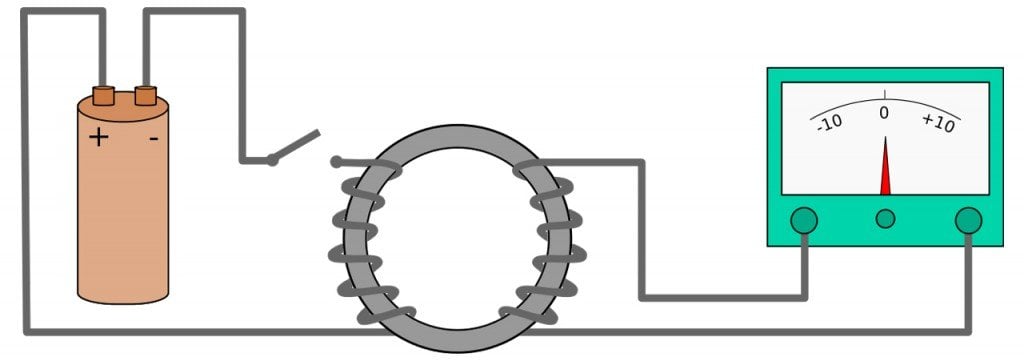
To make a coil of wire, we simply curl the wire into turns. If the second coil has the same number of turns as the first coil, the electric current in the second coil will be virtually the same size as the one in the first coil. However, the interesting aspect of transformers is that if we have more or fewer turns in the second coil, we can make the secondary current and voltage larger or smaller than the primary current and voltage. It is important to realize that the electric current should be fluctuating. In other words, the electric current must be alternating current (AC) when it comes to transformers. Transformers don’t work with steady-state current or Direct Current (DC).
Step Up And Step Down Transformers
If the second coil has half as many turns as the first coil, the secondary voltage will be half the magnitude of the primary voltage; if the second coil has one-tenth as many turns, it has one-tenth the voltage. In general, a step-down transformer has 1000 coils in the primary and 100 coils in the secondary. This will reduce the voltage by a factor of 10, but multiply the current by a factor of 10 at the same time. The power in an electric current is equal to the product of the voltage and the current. In a transformer, you can see that the power in the secondary coil is theoretically the same as the power in the primary coil, but in all practical, real-world settings, there is some loss of power between the primary and the secondary— some of the magnetic flux leaks out of the core, some energy is lost because the core heats up, and so on.
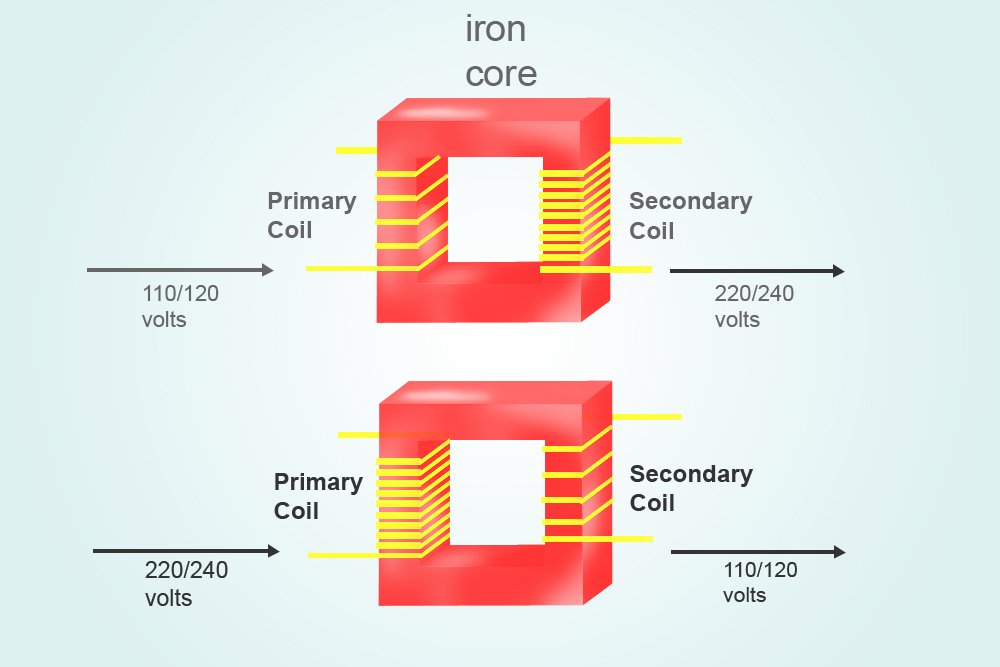
In the case of a step-up transformer, the secondary windings contain a huge number of turns compared with the primary windings. These transformers usually have a very large turn ratio. The turn ratio can be defined as the ratio between the number of secondary windings and the number of primary windings. These transformers are used in situations where the voltage value produced in energy generation is increased and prepared for long-distance energy transmission. This current value is not practical for energy transmission and must decrease due to transmission power losses (R × I*I, where R stands for resistance and I stands for current). Long-distance energy transmission would not be possible without transformers, and now you know a bit more about how transformers play a pivotal role in our day-to-day electrical life!


